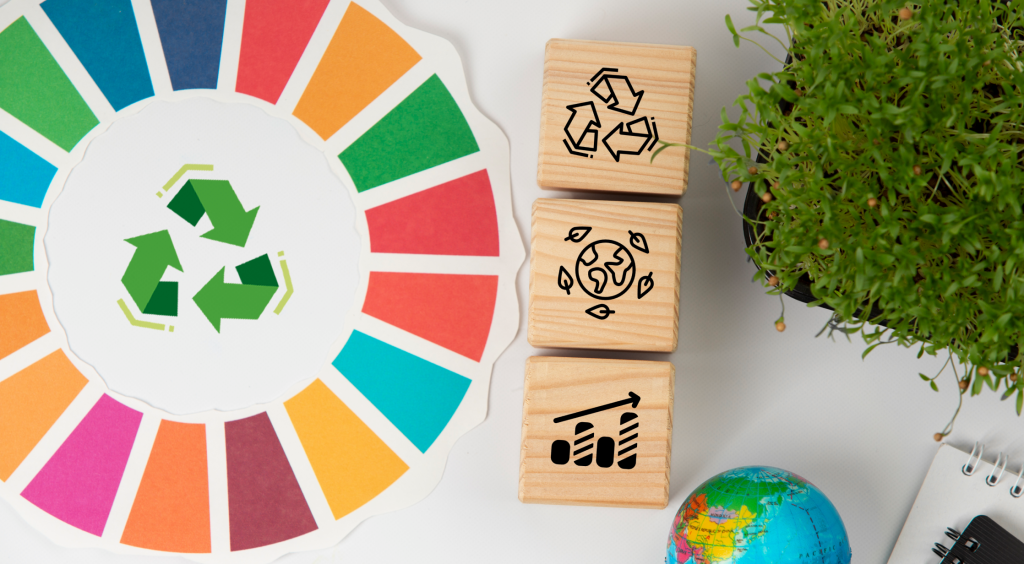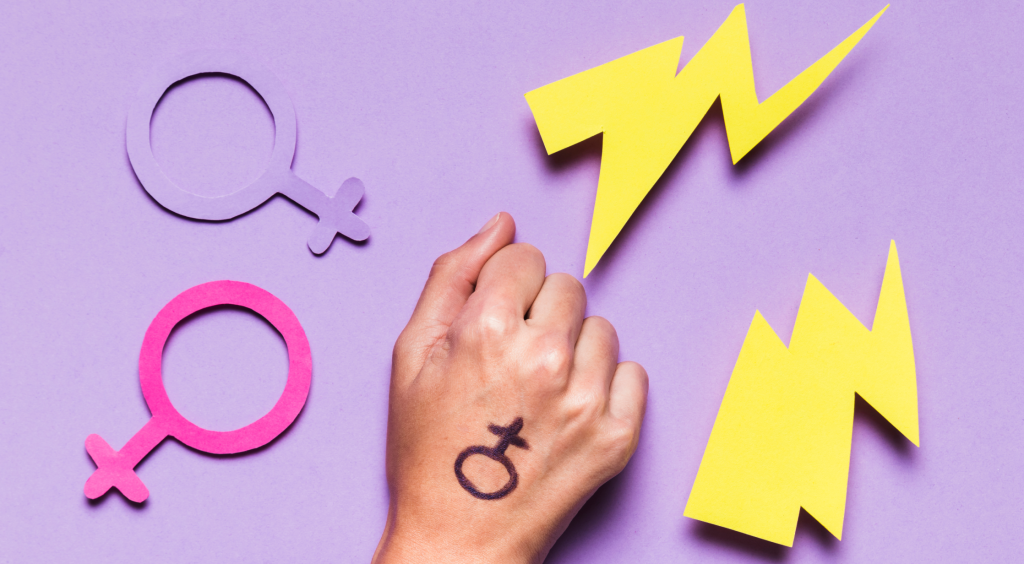Energy powers the world—and our classrooms too. Think about it: we need energy in the classroom, from the lights that illuminate the space to the digital devices we use every day. However, not all students are aware of the impact that energy use has on the planet or of the inequalities that exist in access to energy across the world. That’s why it’s important to address SDG 7 in the classroom.
SDG 7 invites us to reflect and take action to ensure affordable and safe energy for everyone. And as teachers, we have a key opportunity to foster critical and transformative thinking from within the classroom.
If you’ve missed any of our other posts on the SDGs, you can find them at the following links:
- SDG 1: No Poverty
- SDG 2: Zero Hunger
- SDG 3: Good Health and Well-being
- SDG 4: Quality Education
- SDG 5: Gender Equality
- SDG 6: Clean Water and Sanitation
And with that said, let’s dive into this week’s post!
Let’s start: What are the SDGs?
The SDGs are the Sustainable Development Goals, an initiative promoted by the UN as part of the 2030 Agenda. They are a set of 17 global goals that aim to eradicate poverty, protect the planet, and ensure the well-being of all people by 2030. These goals are interdependent and address economic, social, and environmental challenges.
The 17 SDGs are:
- No poverty
- Zero hunger
- Good health and well-being
- Quality education
- Gender equality
- Clean water and sanitation
- Affordable and clean energy
- Decent work and economic growth
- Industry, innovation, and infrastructure
- Reduced inequalities
- Sustainable cities and communities
- Responsible consumption and production
- Climate action
- Life below water
- Life on land
- Peace, justice, and strong institutions
- Partnerships for the goals
Working on them in the classroom is a way to prepare students to become critical, engaged citizens who are capable of transforming their environment. And in this post, we’ll give you some tips and resources to make it very, very easy.
What is SDG 7: Affordable and clean energy about?
SDG 7 aims to ensure universal access to affordable, safe, and sustainable energy. This doesn’t just mean having electricity available—it means that electricity must come from clean sources like solar, wind, or hydro power, reducing emissions and dependence on fossil fuels.
Energy is essential for nearly everything: from education and healthcare to agriculture, communication, and transport. However, millions of people around the world still lack access to electricity or depend on polluting technologies. Although electricity access has improved in recent years, if we don’t accelerate the pace, more than 600 million people will still be without energy by 2030.
Moreover, energy is essential to prevent diseases and fight pandemics. It powers healthcare facilities, provides clean water, and helps keep people connected while maintaining social distancing.
Finally, SDG 7 also promotes improving energy efficiency, investing in sustainable infrastructure, and developing policies that encourage the energy transition. Ultimately, the goal is to ensure that economic and social development go hand in hand with planetary sustainability—and that no one is left behind.
Tips and resources for addressing SDG 7 in the classroom
Here are some practical ideas you can adapt to different educational levels:
1. Calculate your energy footprint
A great way to raise awareness about energy consumption is to encourage your students to calculate their energy footprint. What does that mean? It involves estimating a person’s daily energy use—cooking, transportation, work, heating, use of electronic devices, and so on. There are many ways to calculate it, but the Act Now mobile app offers a simple option. To boost motivation, you can create workgroups to do it collaboratively. Remember that with Additio App, you can easily assess group work.
Once you’ve calculated the energy footprint, here comes the real challenge: how can we reduce it?
Let your students suggest ideas, and set weekly challenges, like using eco programs on appliances or turning off lights in empty rooms. Each week, you can evaluate whether the goal was achieved and propose new challenges.
A great way to keep students motivated throughout these challenges is by encouraging self-assessment and peer assessment. Each week, they can complete a rubric on whether they or their classmates achieved the weekly goal. This is easy to manage with Additio App’s rubric creator 🙂
2. Design an awareness campaign
SDG 7 doesn’t have to be limited to Science subjects—it can be integrated across the curriculum in subjects like Art, Design, Language and Literature, Economics… whatever you like! A great way to do this is by creating an awareness campaign about energy savings and responsible energy use at school and at home.
What could this campaign include?
- Posters with tips to reduce energy use (these can be created collaboratively between language and design subjects).
- Social media and website posts for the school (perfect for computer science classes).
- An informational talk or workshop about energy saving (which can be prepared in language or science classes).
It’s an activity that can span multiple subjects and is very motivating for students. On Additiopedia, our free resource bank created by and for teachers, you’ll find all kinds of tools to help you evaluate different aspects of the campaign across subjects.
3. Reflect in groups using films or documentaries
A great way to spark debate in upper grades (like secondary or high school) is by discussing a documentary or film about energy. Some examples you can’t miss are:
- Modern Times, by Charles Chaplin (1936)
- Interstellar, by Christopher Nolan (2014)
- Before the Flood, by Leonardo DiCaprio (2016)
- Our Planet (2019)
- The Hidden Life of Trees (2021)
- We the Power (2021)
- Oceans (2009)
After watching the film or documentary, you can create a short quiz to check comprehension, and then lead a debate.
4. Use resources to work on SDG 7 in the classroom
The UN offers various resources and materials to raise awareness about SDG 7: Affordable and Clean Energy. Here are some that we think are especially useful:
- Infographic on the global energy situation
- Frieda and the SDGs, a publication aimed at children—great for learning about all the SDGs
- List of daily actions
- Board game about the SDGs for children
- Mobile app to promote positive actions
Are you ready to introduce SDG 7 in the classroom?
While it might seem like we need lots of resources to change the world, the first step is raising awareness. And the classroom is the perfect place to start educating about the importance of saving energy and using it wisely.
What other ideas do you have for introducing SDG 7 in the classroom? Visit us on social media and let us know: Facebook, Twitter, Instagram and Youtube.
Remember that with Additio App, you can carry out skills-based assessments that place students at the center of the learning process—keeping them informed about their progress and helping them identify strengths and areas for improvement.
More than 150 features are here to help you enhance your teaching and student learning. Register now and boost your teaching!
See you soon!





